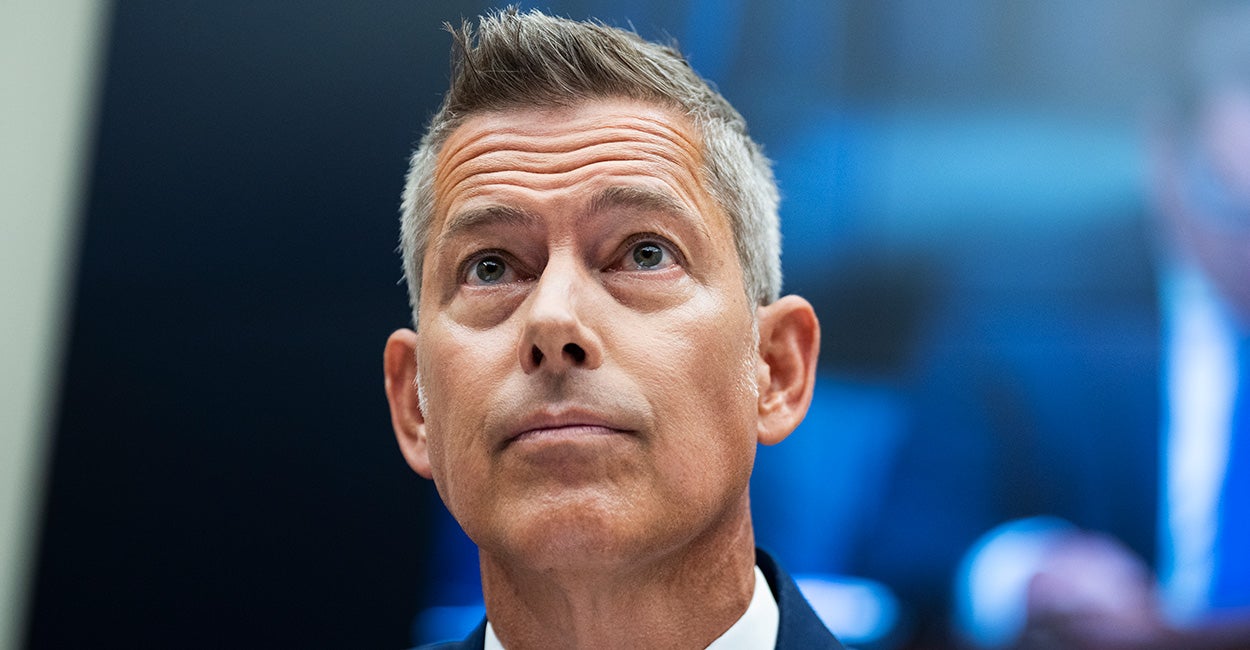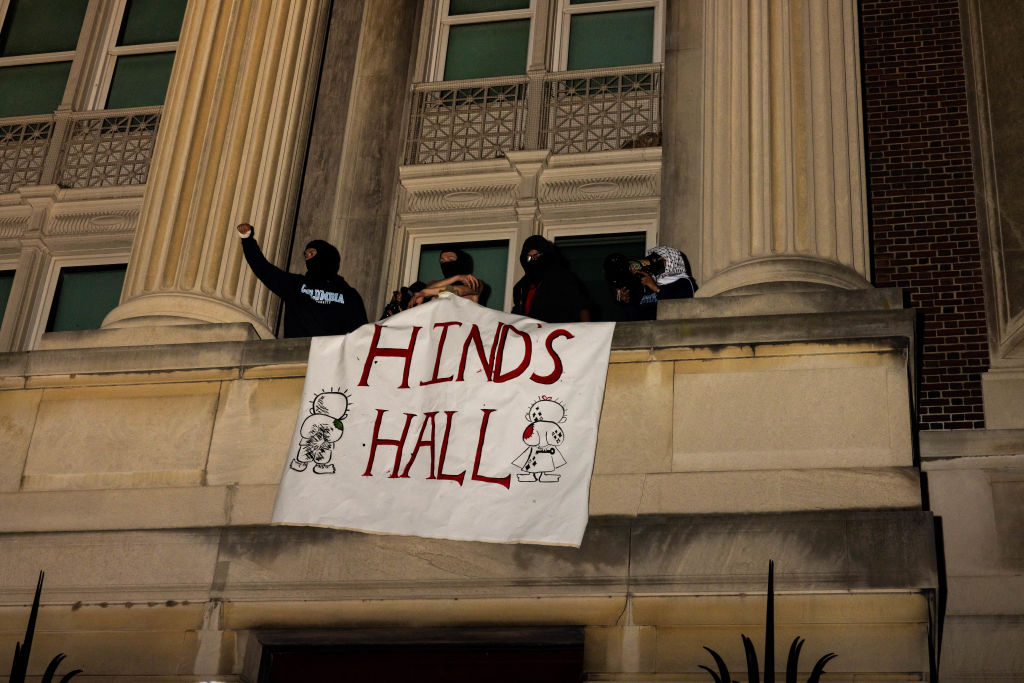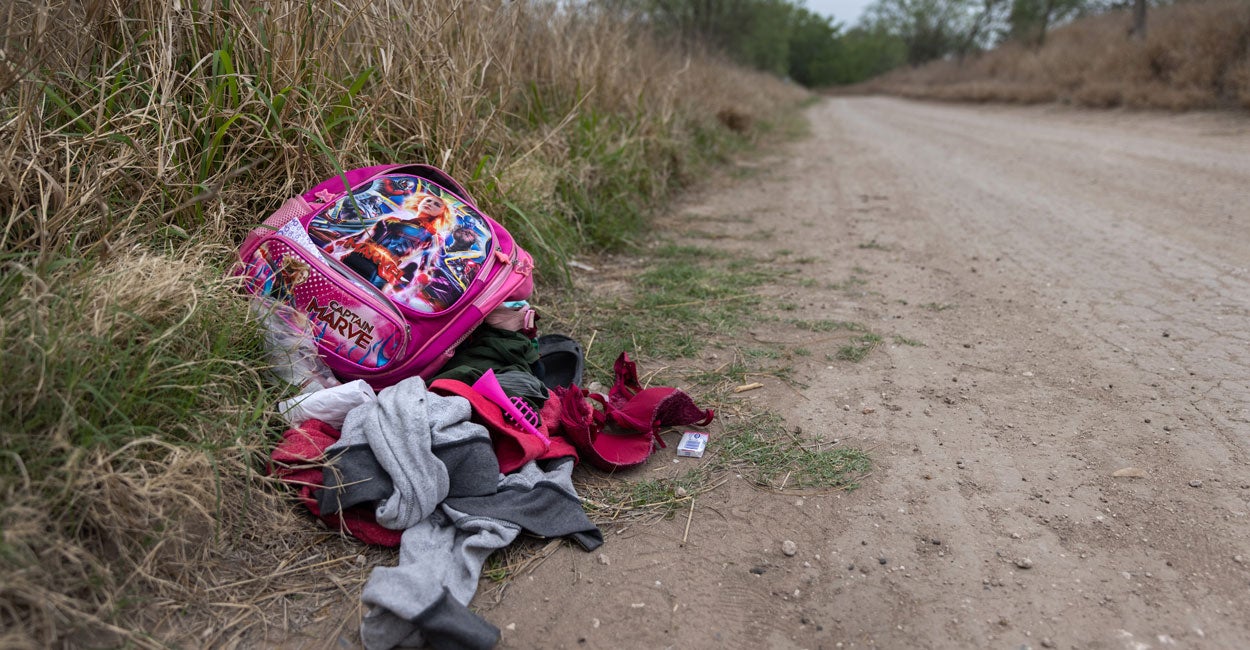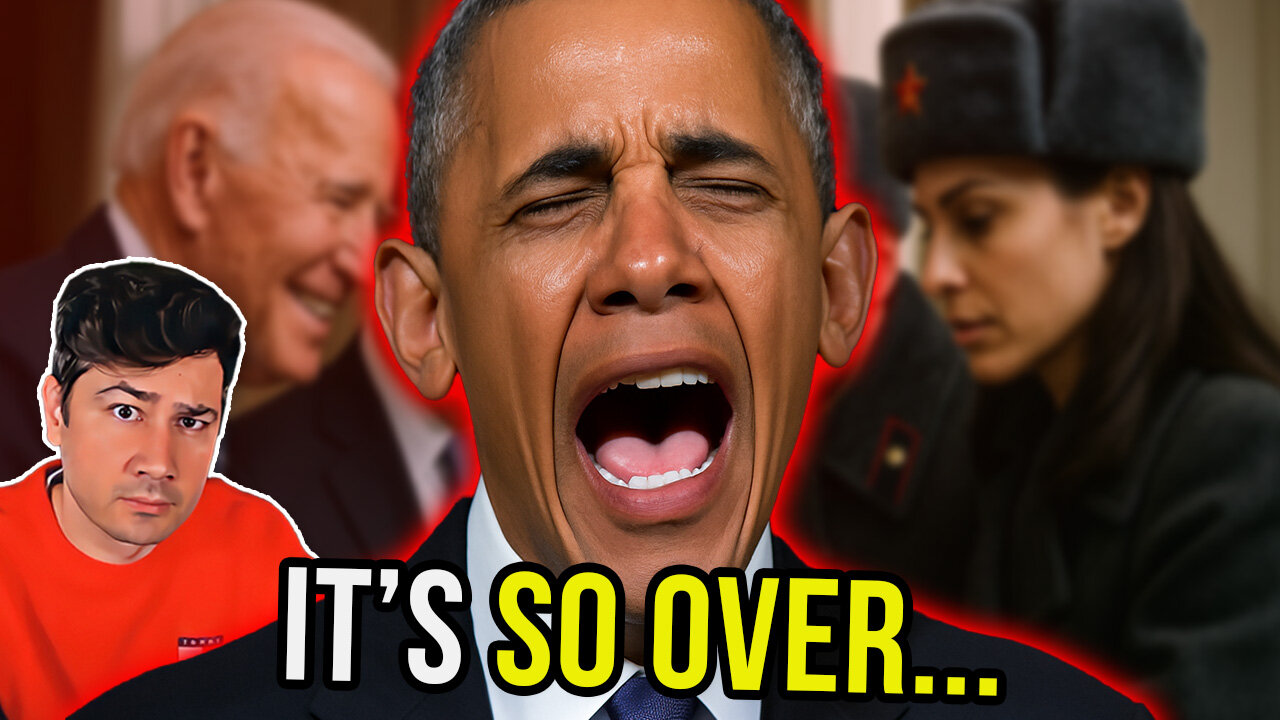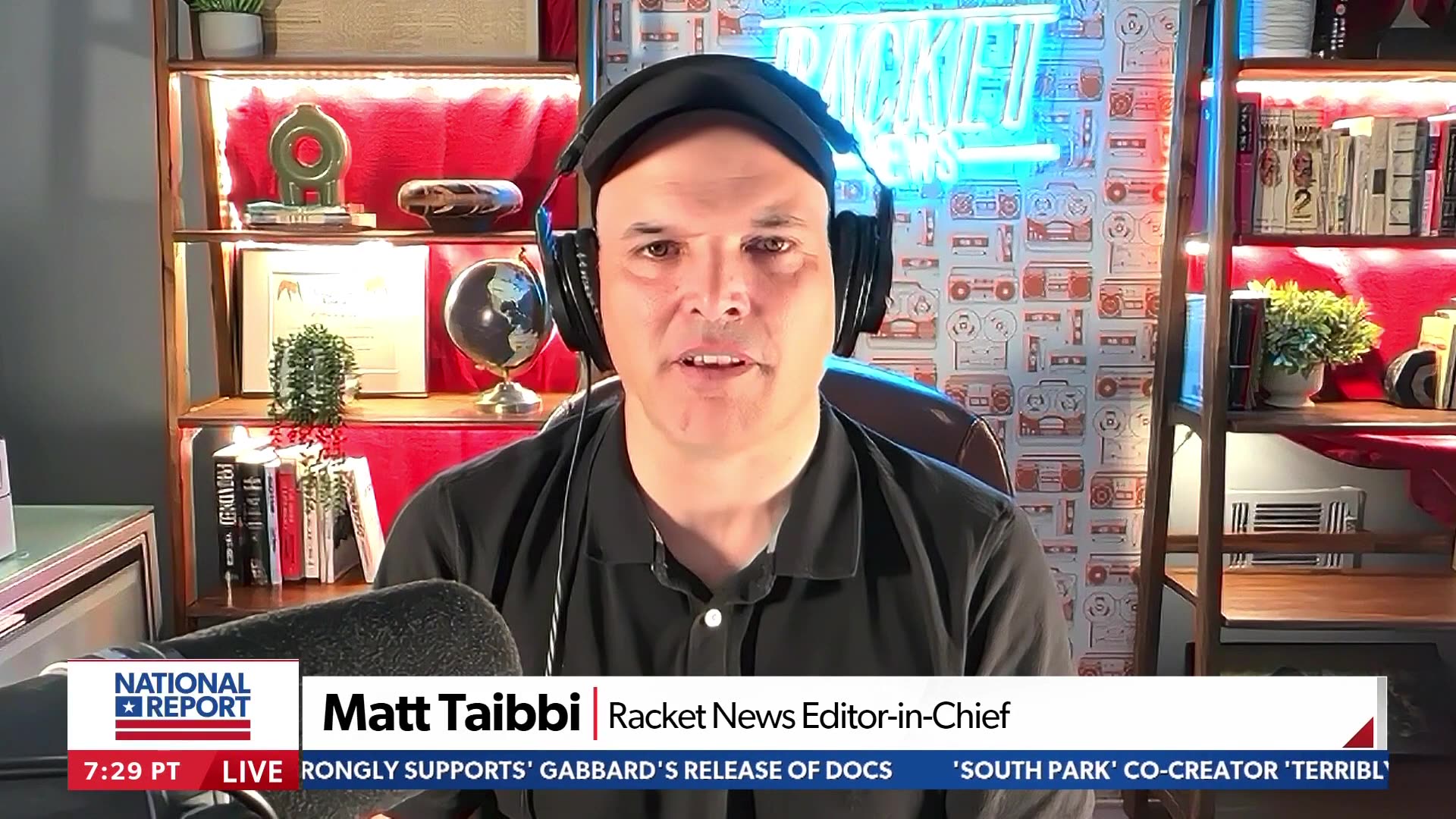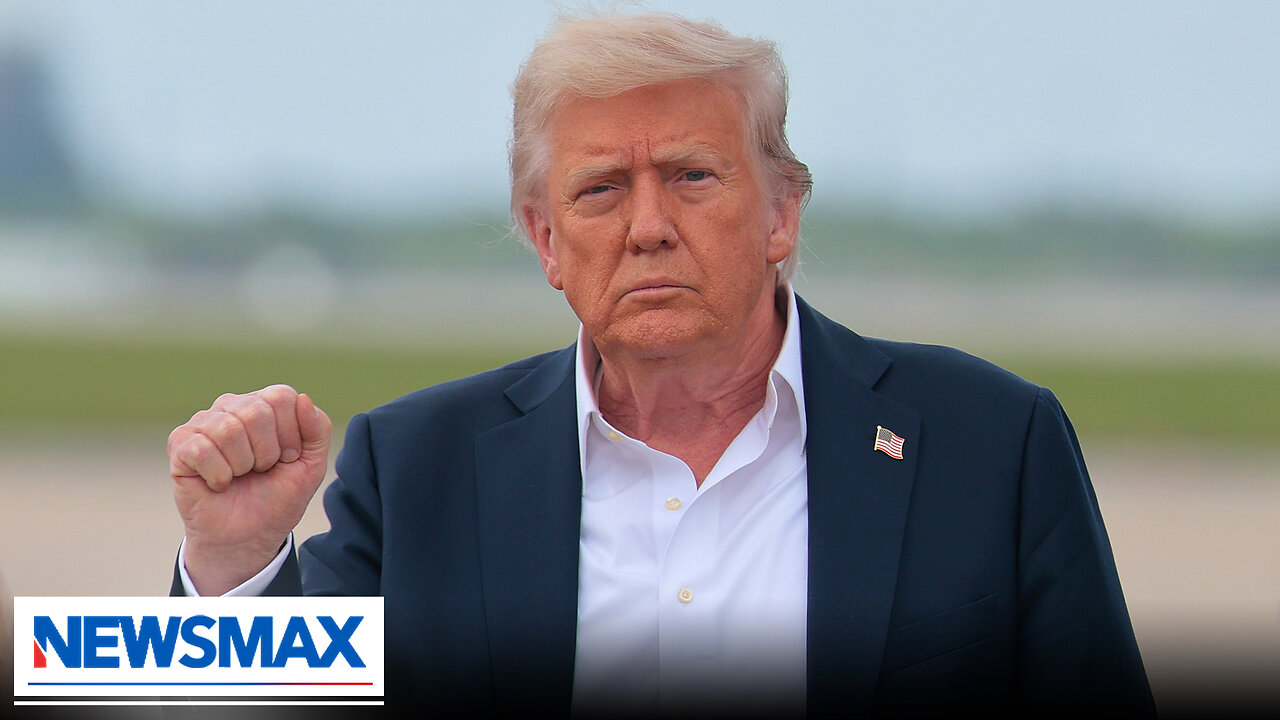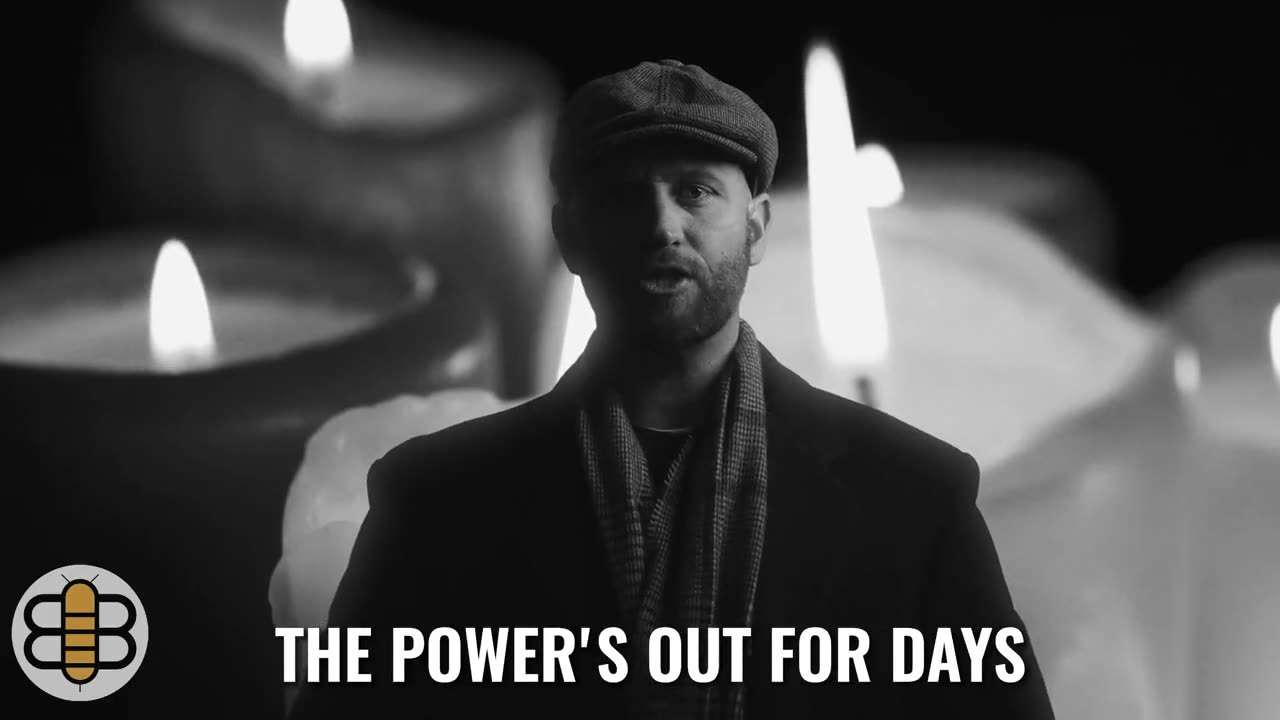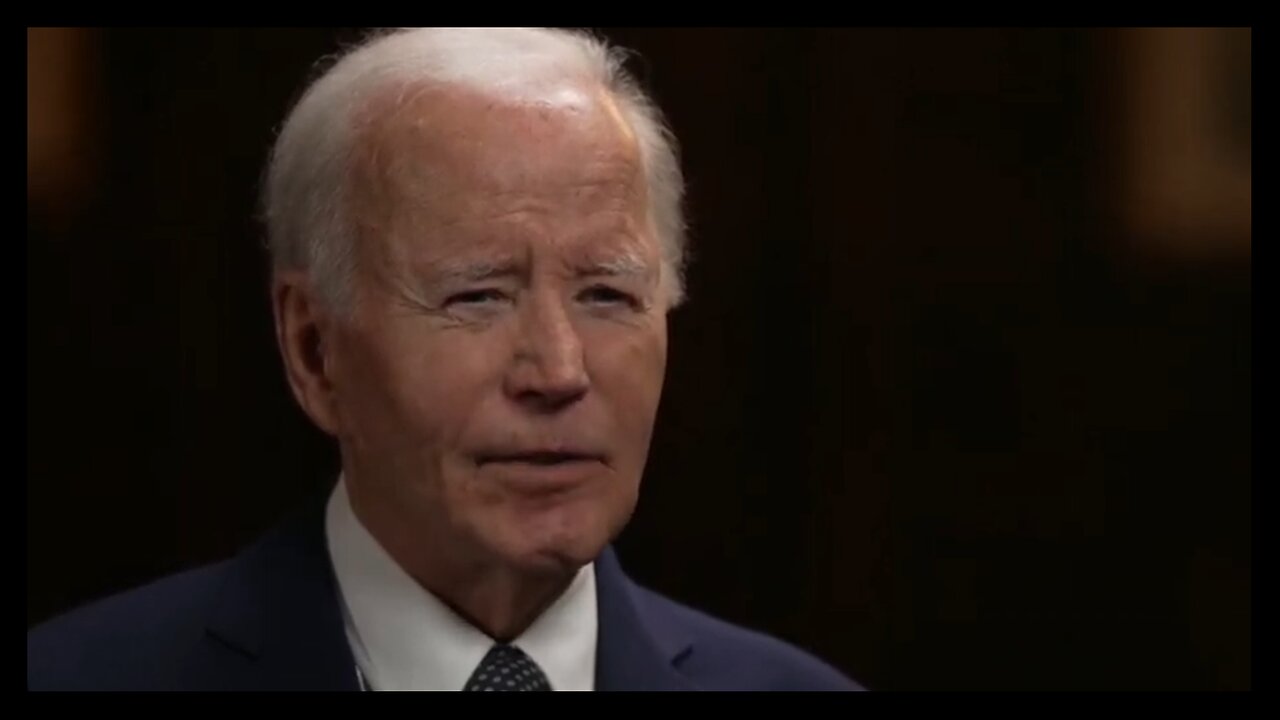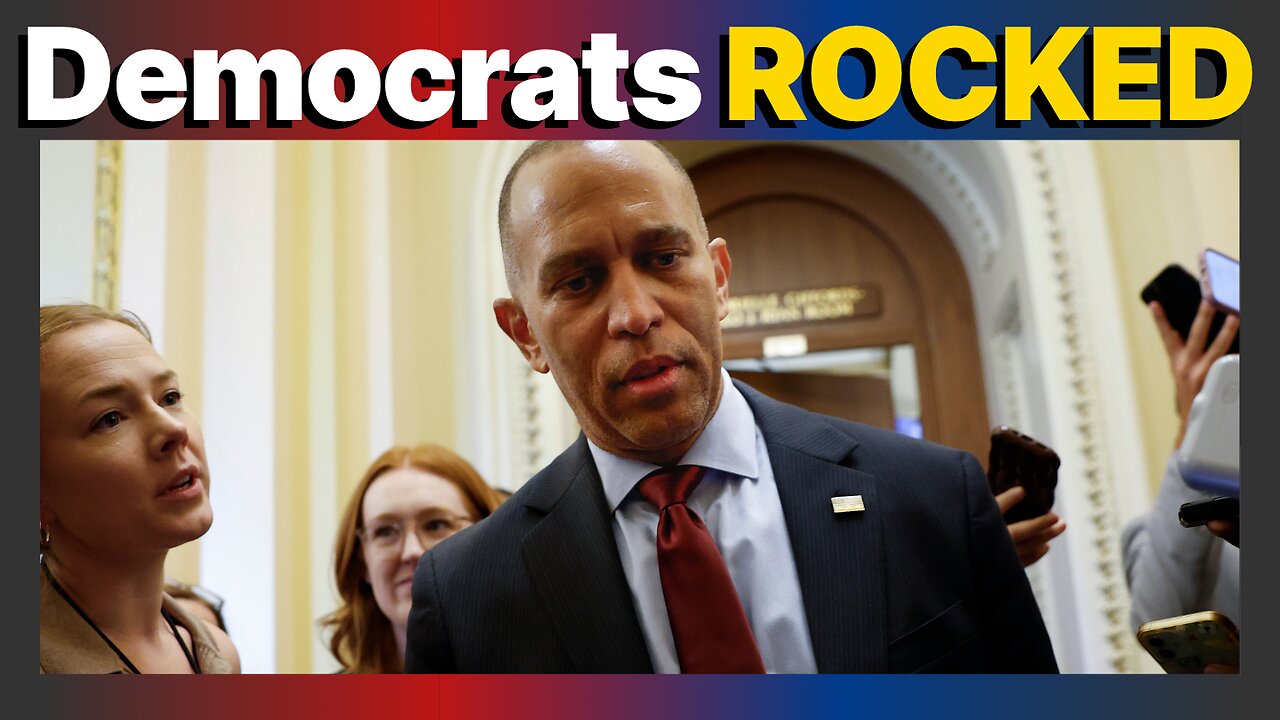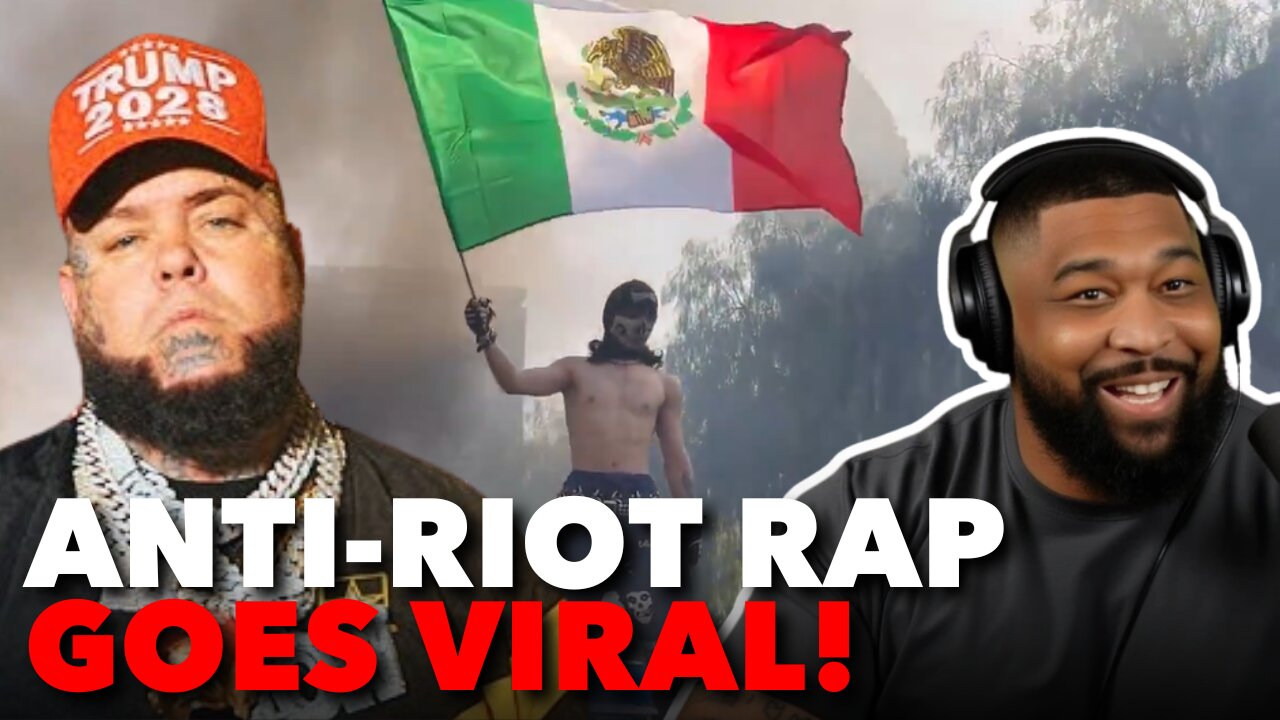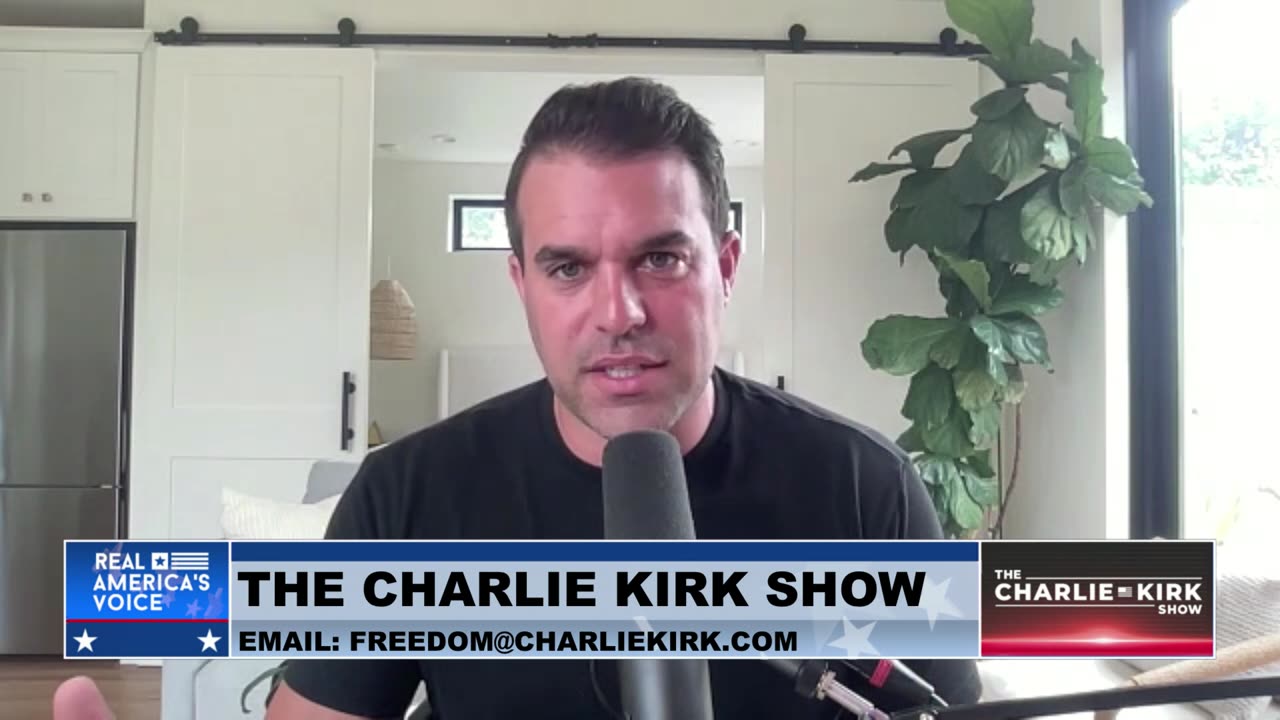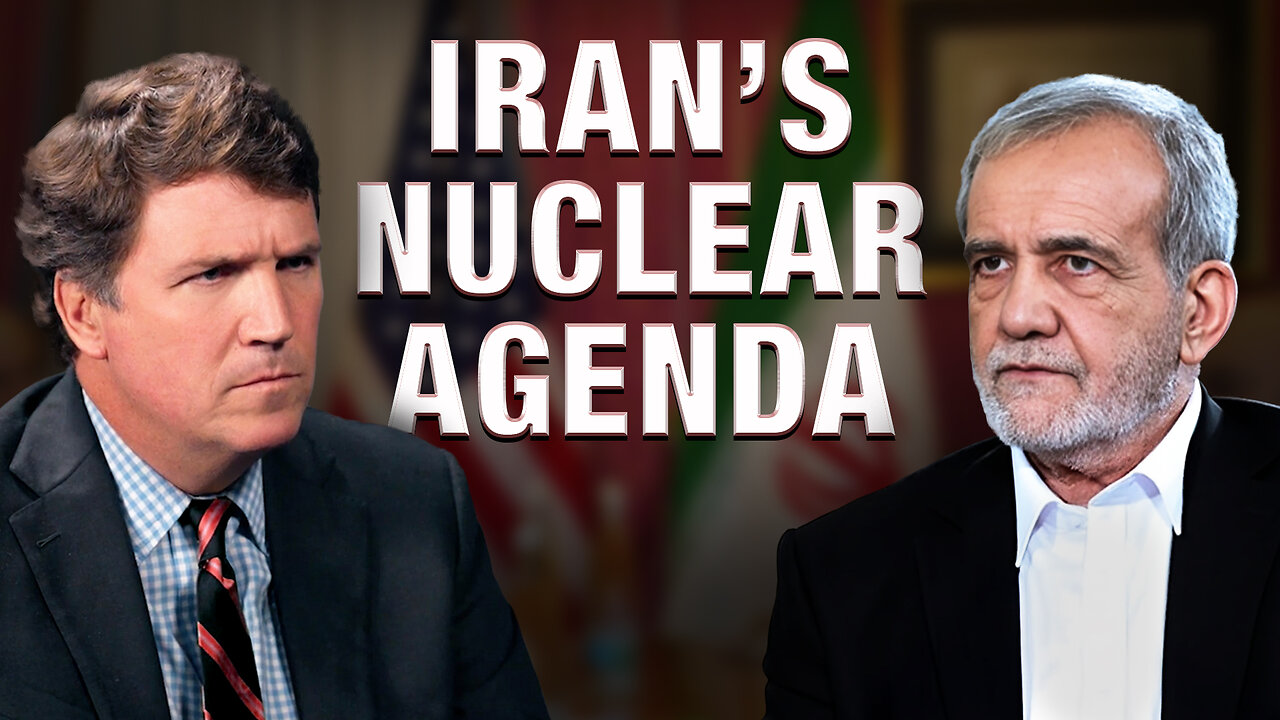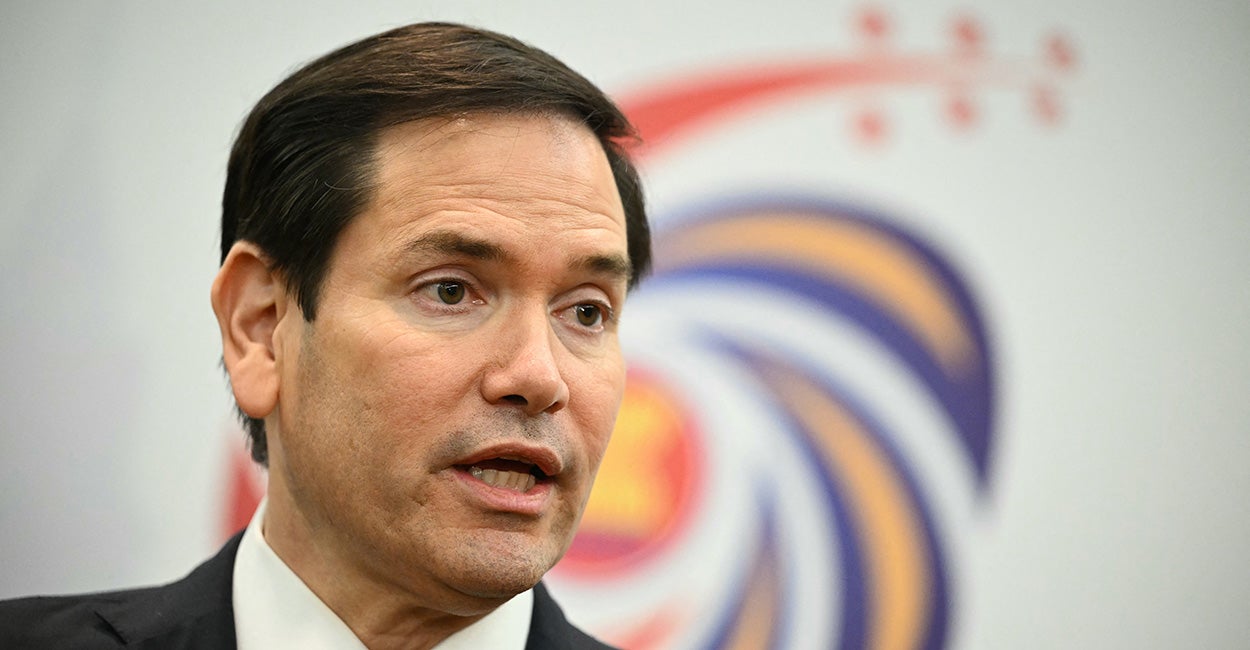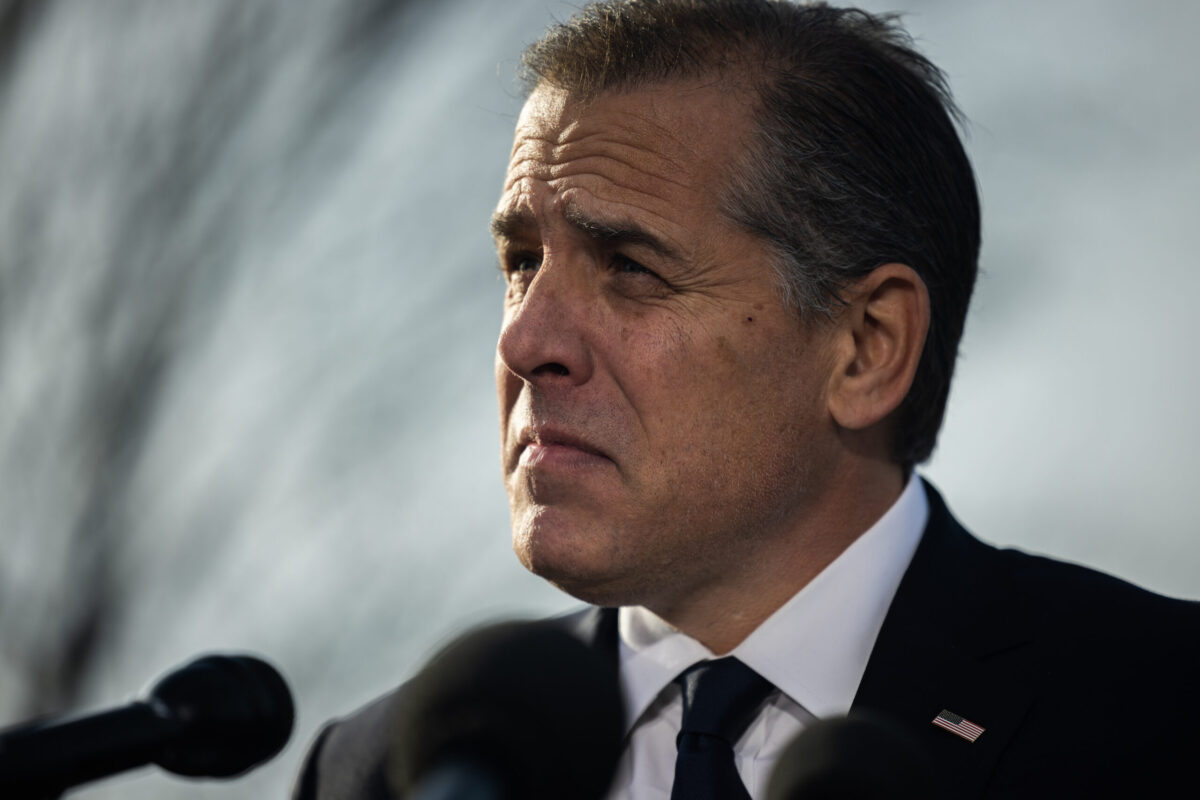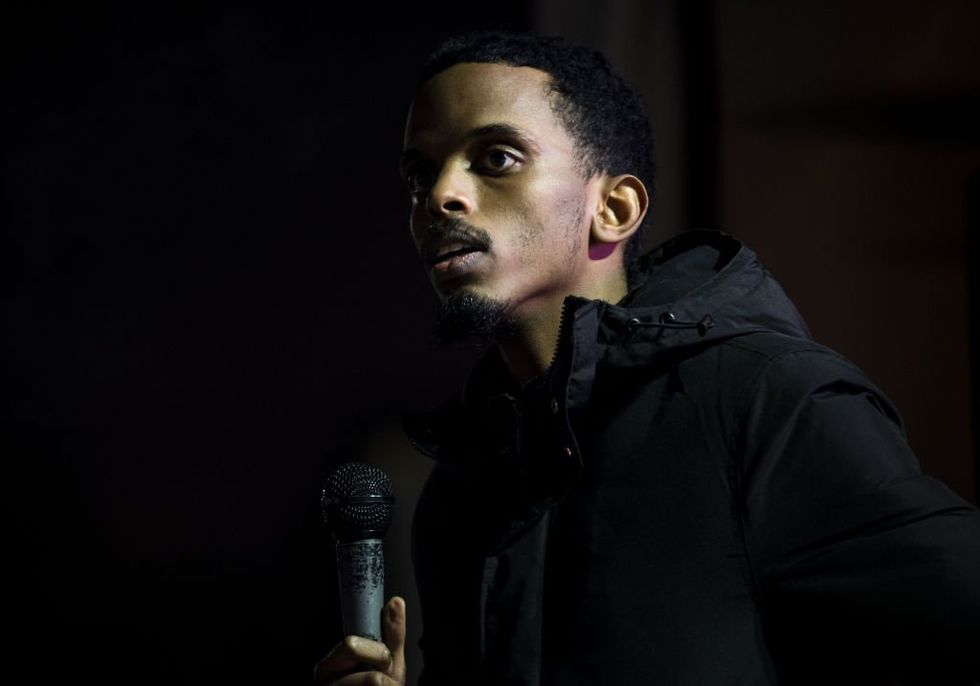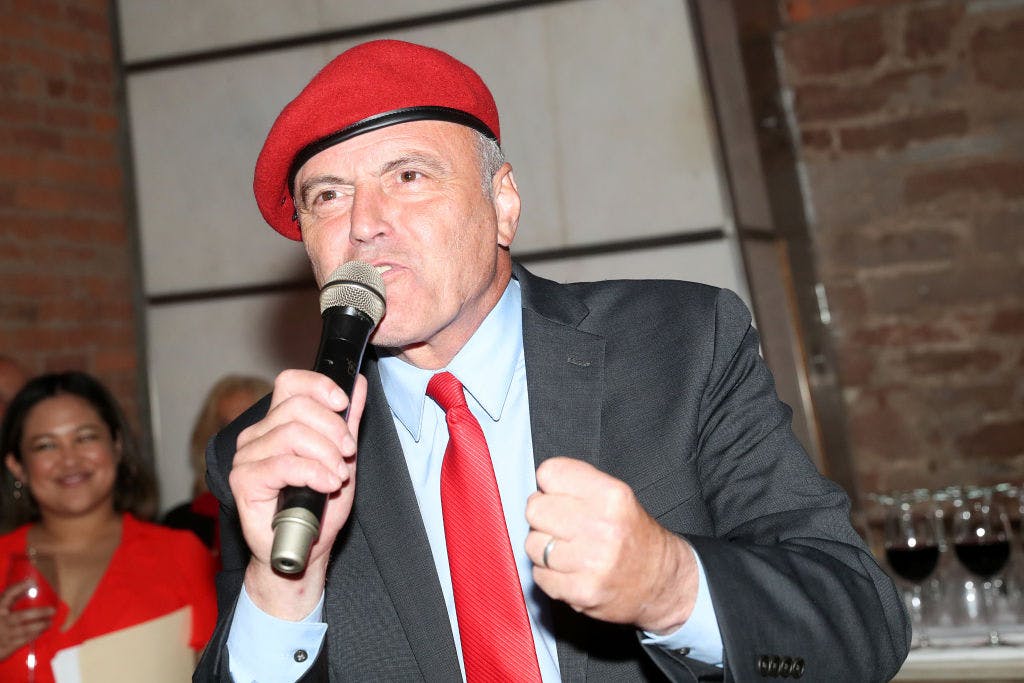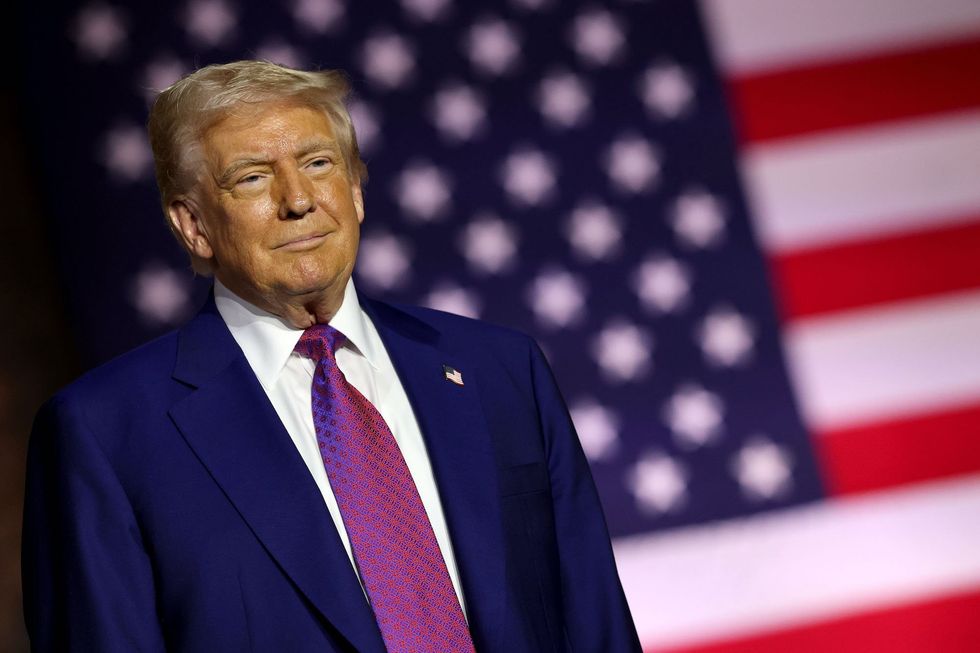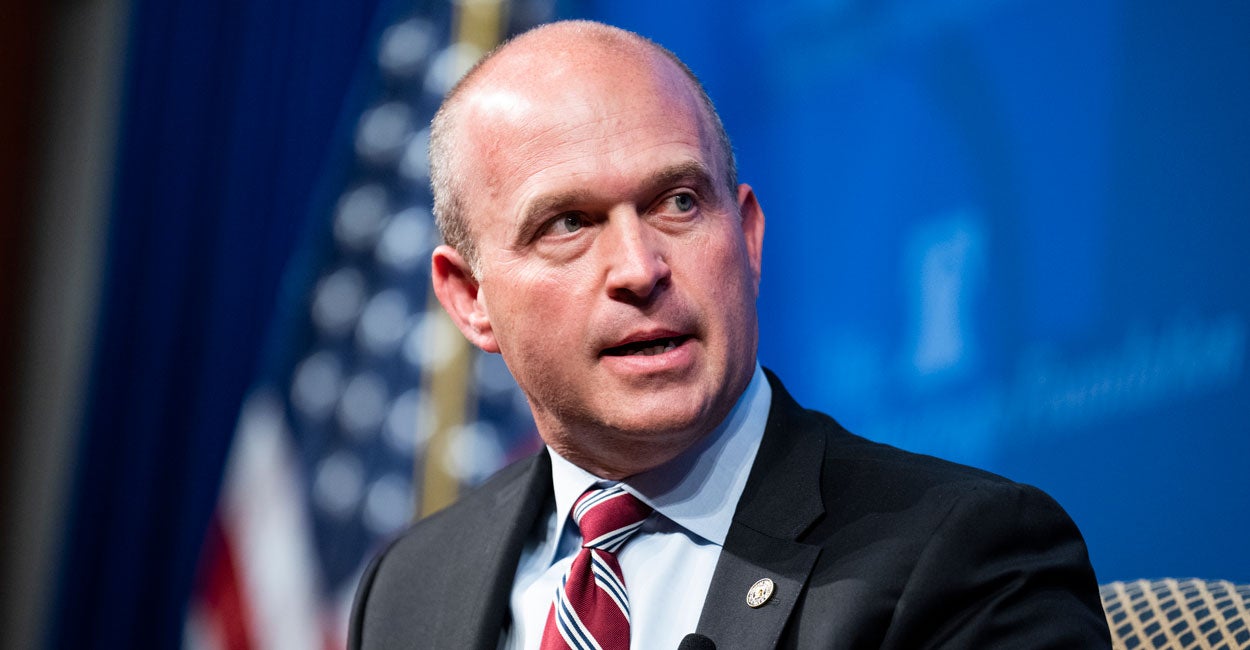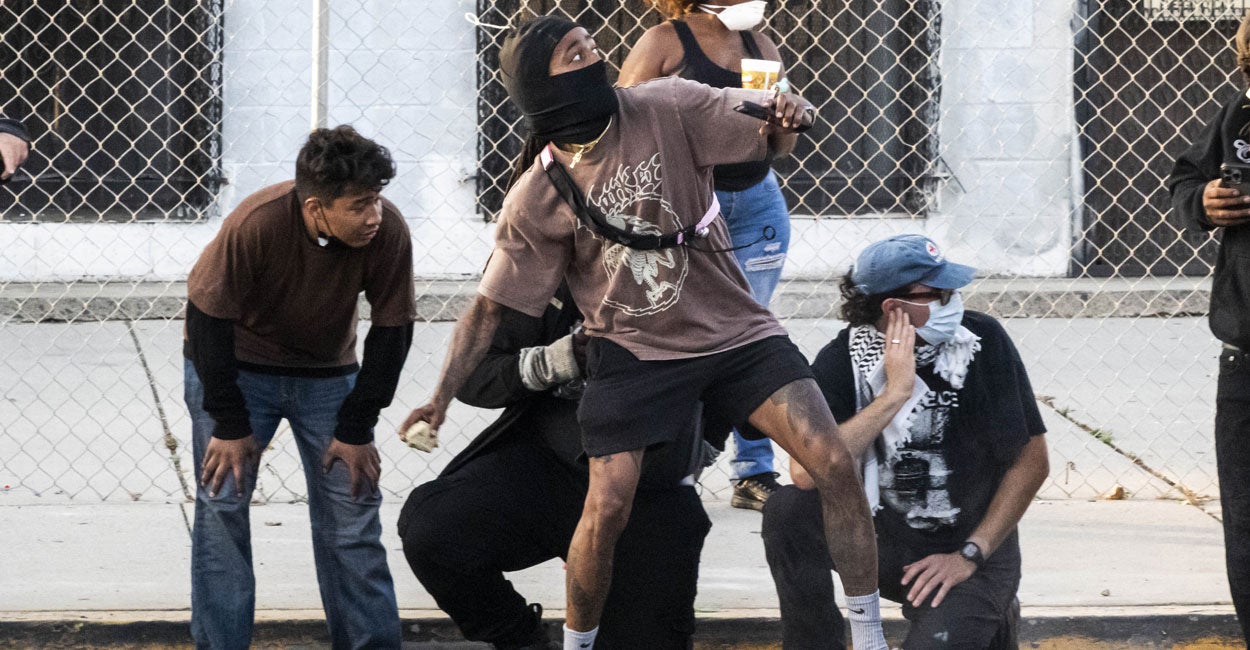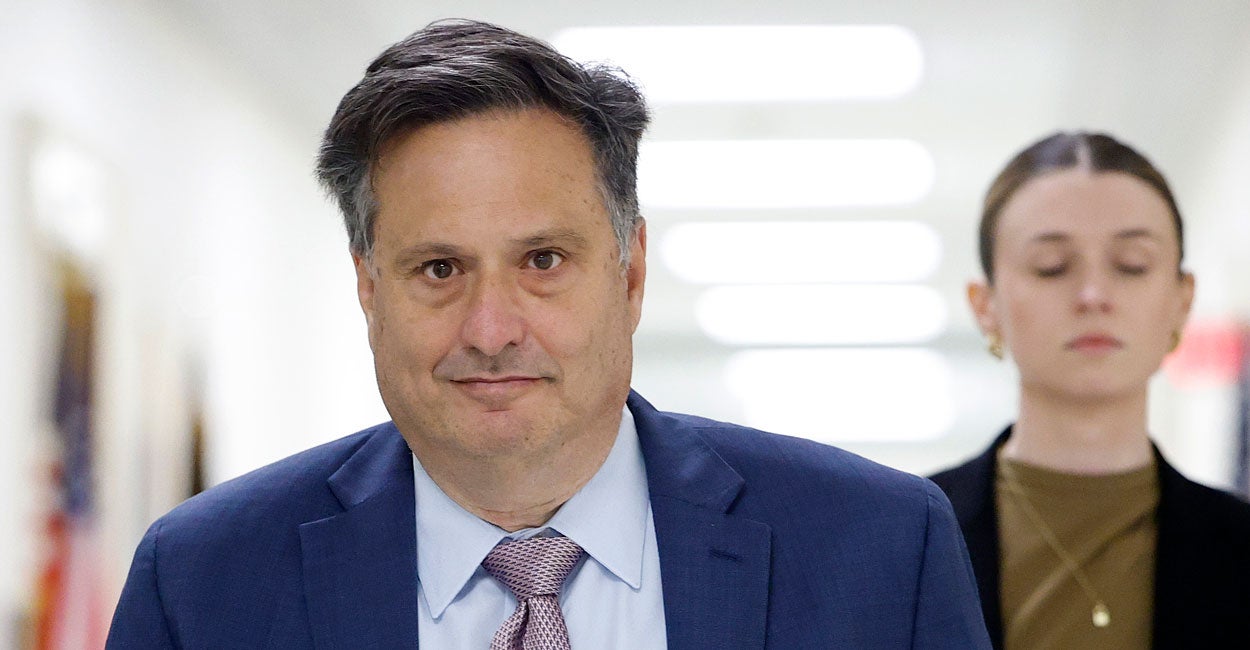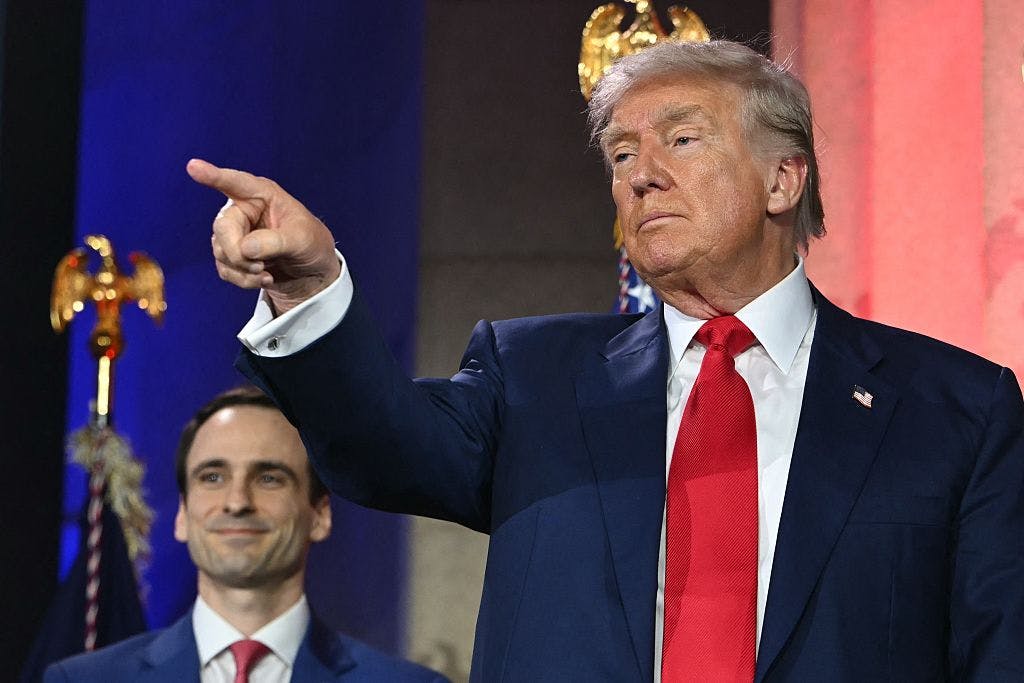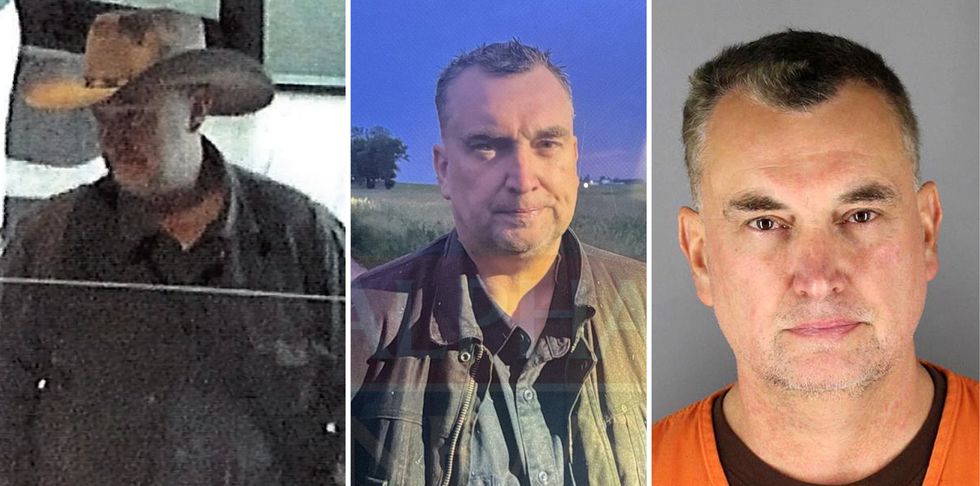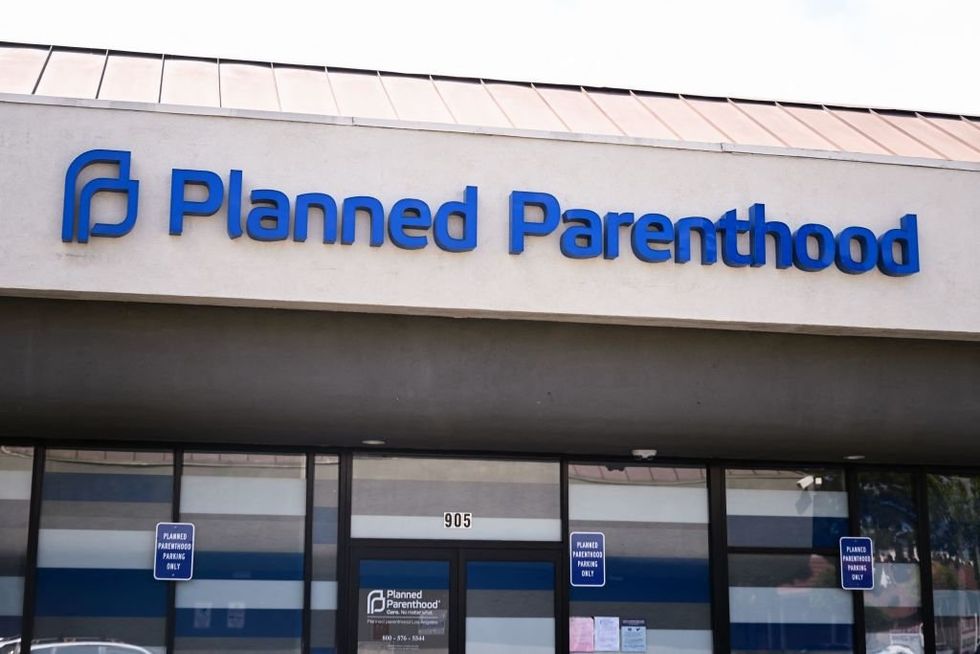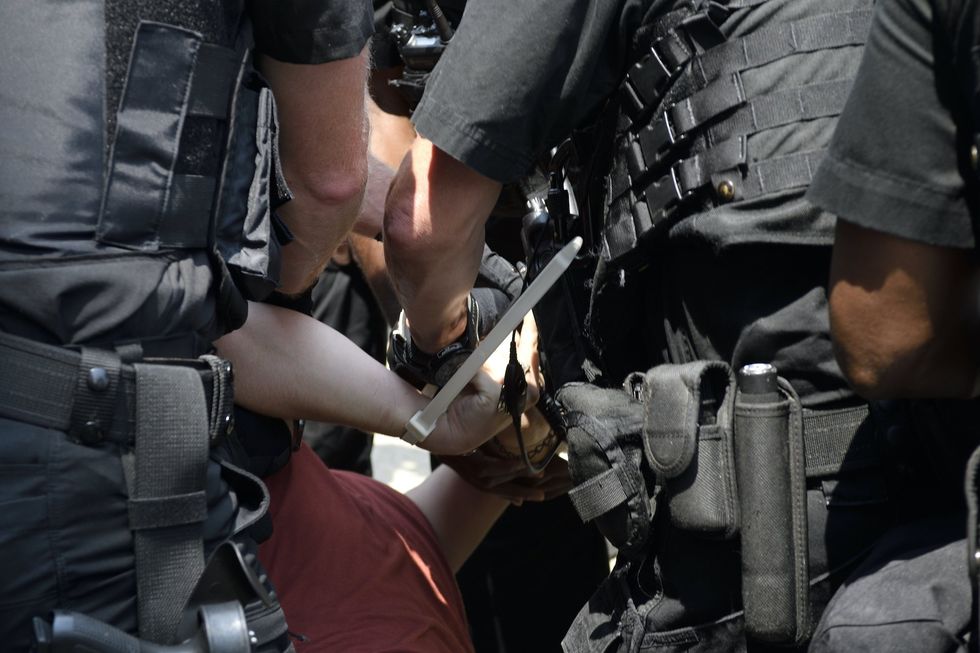Why Guantanamo Bay Is ‘The Perfect Place’ For Violent Illegals
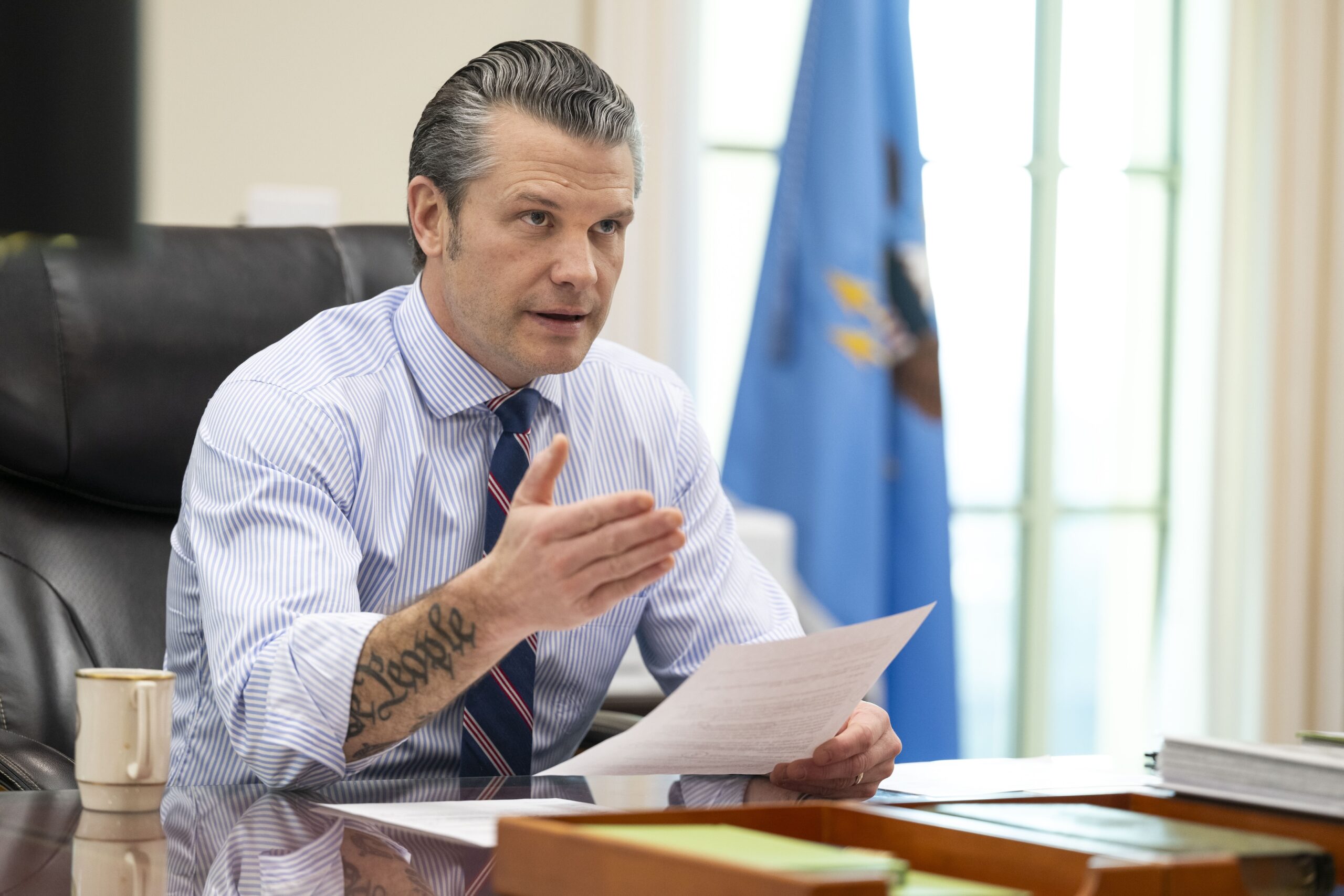
On Monday, while touring the Southern Border, Secretary of Defense Pete Hegseth spoke about the potential of the U.S. Naval Base at Guantanamo Bay in Cuba (GTMO) housing violent illegal immigrants: “It’s the perfect place to provide for migrants who are traveling out of our country … but also hardened criminals.”
U.S. Marines were flown in to erect temporary tent facilities while discussions are currently ongoing with U.S. contractors to convert the base to be able to process and detain up to 30,000 illegals. Then, on Tuesday, the Trump administration deported the first batch of illegal immigrants from America to Guantanamo Bay.
The first flight of high-threat criminal illegals aliens has arrived at Naval Station Guantanamo Bay, Cuba. These criminals trampled over our previously wide open border to bring violence and mayhem to our communities. President Trump has taken swift action to expel them… pic.twitter.com/Kml8WX3kIK
— Secretary of Defense Pete Hegseth (@SecDef) February 6, 2025
This action is but the latest use of the controversial Caribbean military installation. Modern Americans know it as the austere home for middle eastern terrorists post September 11, 2001, but its history dates back to the turn of the previous century.
In 1898, in support of the island’s drive for independence, the U.S. invaded Cuba during our war with Spain. In 1901, the victorious Americans nominally recognized Cuban independence, although the U.S. still had a say in internal Cuban affairs; this agreement was formalized in the 1903 Treaty of Cuban-American Relations and then again in 1934. In return for our assistance and recognition, the U.S. extracted a permanent lease for Guantanamo Bay, and the naval base was subsequently constructed.
Guantanamo encompasses some 45 square miles of land and water, and is manned by 8,500 sailors and Marines. The bay is strategically located on Cuba’s southeastern coast. With a substantial harbor as well as two airfields, it offers our military an excellent staging area from which to patrol Caribbean waters as well as closely monitor activities in South America. GTMO also serves as an ideal winter training ground for the Atlantic Fleet. It is, in fact, the oldest overseas permanent U.S. military base.
When the communists under Fidel Castro came into power in 1959, Havana declared the base illegal and demanded that it be closed, the land returned to Cuba, and U.S. forces leave the island. These calls continue to be ignored to this day.
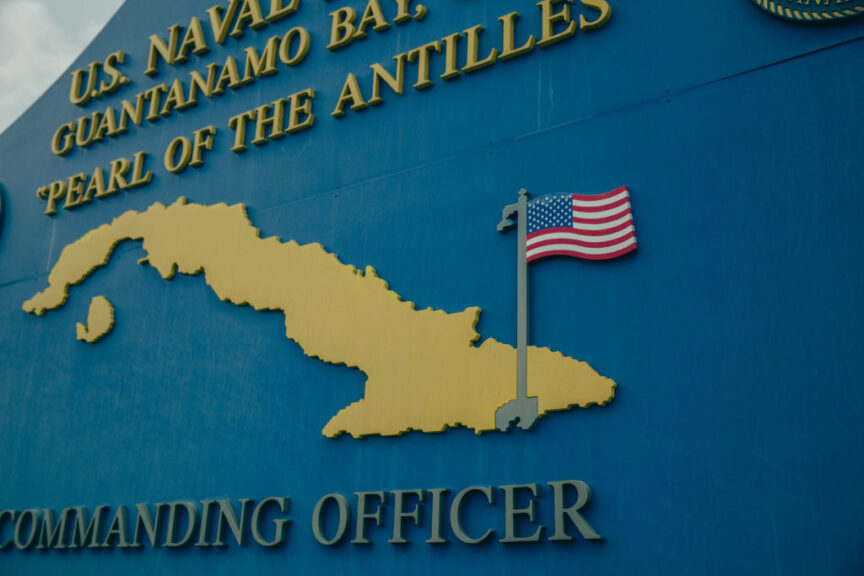
Elise Swain/Getty Images
GTMO took on special significance after the terrorist attacks of September 11, 2001. U.S. operations against Islamic extremist fighters in Afghanistan and elsewhere yielded prisoners and intelligence assets who needed a place to be imprisoned and interrogated. As the Bush administration declared that GTMO as a military base on foreign soil was outside the realm of usual jurisprudence, and that those captured on the battlefield were enemy combatants for whom Constitutional protections are inapplicable, GTMO was used as a de facto POW camp. The first detainees arrived in January 2002.
At first, the Bush administration kept the detentions a secret. Eventually, however, a FOIA request filed by the Associated Press compelled the Department of Defense to admit that it was holding, at its height, 780 prisoners on the base. Among them were the most fanatical and dangerous individuals scooped up in the so-called “War On Terror” including Khalid Sheikh Mohammed, widely regarded as the chief architect of the 9/11 attacks. As of January 2025, 15 prisoners remain in custody.
Given the nebulous nature of what rights prisoners at Guantanamo Bay do and do not have, the facility remains the subject of controversy. Civil libertarians declare the facility a violation of human rights, in which “enhanced interrogation” (some call “torture”) is carried out to extract intelligence. Defenders of the base and its methods offer that, as those in custody were picked up on the battlefield, yet are part of no nation or national armed force, they are nothing more than terrorists for whom Geneva Convention protocols do not apply.
But in the landmark case Boumediene v. Bush, in 2008 the Supreme Court, in a 5-4 ruling, declared that detainees did have the right to habeas corpus and other due process claims, underscoring tension between the government and civil libertarians. In writing for the majority, Justice Kennedy wrote: “To hold that the political branches may switch the Constitution on or off at will would lead to a regime in which they, not this Court, say ‘what the law is’.”
In that vein, Democrat Presidents Obama and Biden have over the years vowed to close the detention facilities as they considered them violations of international law and civil liberties. Indeed, Obama went so far as to call it a “sad chapter in American history” during the 2008 Presidential campaign. And yet, tellingly, once in office, he allowed the prison to continue albeit with occasional temporary restrictions for review purposes. One gets the feeling that, once he was actually in the Oval Office and the books were opened to him, Obama may have had his own cathartic Richard Pryor moment, wherein the comedian famously observed how his naiveté was shattered when filming a movie set in an actual state penitentiary. “I talked to the brothers. I talked to ‘em, and thank God we got penitentiaries!”
No matter where on the spectrum one rests regarding GTMO’s necessity versus civil liberties, at the moment Guantanamo remains the only answer to what to do with the especially bad hombres once they are caught in our nets — be they in the Hindu Kush or the streets of El Paso. Like Mr. Pryor, whose eyes were opened when he saw the true nature of the men he once considered victims of an oppressive state, one must think that, its darker corners aside, Guantanamo is a necessary conditional solution when fighting evil incarnate. And it must also be considered for its deterrence aspect. One must now imagine any gangbanger wishing to cross illegally into the U.S. now, with the new sheriff in town, may cast his teardrop-tatted eyes towards GTMO and ask if that is really where he wishes to spend the rest of his days.
As with much of the whirlwind first few weeks of the Trump Presidency, there is a method to the madness. Eventually, 30,000 undesirables with no business moving within our borders will be off our streets and tossed into a prison that has seen some of the worst enemies of not just the U.S. Government but the American people pass through its barbed-wire gates.
A powerful message will be sent to those who seek to violate our national sovereignty that a prison cell in one of America’s most notorious prisons awaits should they test the resolve of this new President and those like SecDef Hegseth and others whom he has hand-picked to run this nation with him.
* * *
Brad Schaeffer is a commodities fund manager, author, and columnist whose articles have appeared on the pages of The Daily Wire, The Wall Street Journal, NY Post, NY Daily News, National Review, The Hill, The Federalist, Zerohedge, and other outlets. He is the author of three books. Follow him on Substack and X/Twitter.
The views expressed in this piece are those of the author and do not necessarily represent those of The Daily Wire.
Originally Published at Daily Wire, Daily Signal, or The Blaze
What's Your Reaction?
 Like
0
Like
0
 Dislike
0
Dislike
0
 Love
0
Love
0
 Funny
0
Funny
0
 Angry
0
Angry
0
 Sad
0
Sad
0
 Wow
0
Wow
0

